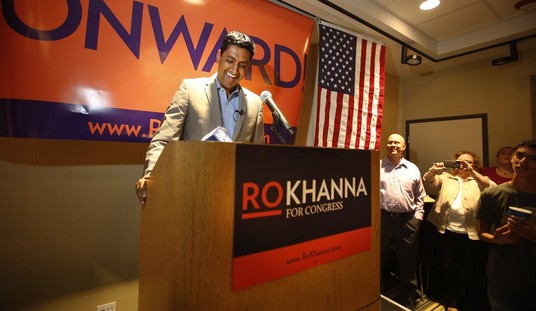Normally, anyone storing classified material in unauthorized and unsecure facilities would face charges. When the State Department first discovered that Hillary Clinton’s secret e-mail system contained such information, Patrick Kennedy requested that her attorney, David Kendall, destroy all copies of the files in his possession. Kendall refused, and in a “quite unusual” move, the State Department instead tried to accommodate his possession of classified material by supplying him with a secure safe, according to The Daily Beast’s Shane Harris and Tim Mak:
Newly released documents, obtained by The Daily Beast in coordination with the James Madison Project under the Freedom of Information Act, include legal correspondence and internal State Department communications about Clinton’s emails. Those documents provide new details about how officials tried to accommodate the former secretary of state and presidential candidate.
In May 2015, a senior State Department official informed Clinton’s lawyer, David Kendall, that government reviewers had found at least one classified email among the messages she sent using a private account, which she used exclusively while in office. That email was only part of the “first tranche” of the review, a State Department employee noted at the time, leaving open the possibility that more classified information would be found, which it was.
Patrick F. Kennedy, the undersecretary of state for management, who had worked under Clinton, asked Kendall to delete all electronic copies of the message in his possession. (Copies were sent to the State Department.)
But Kendall resisted, saying he needed a full record of his own of the 55,000 pages of emails Clinton had sent, in order to respond to information requests from a House committee investigating the 2012 attacks on U.S. officials in Benghazi, Libya, and from the inspectors general of the State Department and the intelligence agencies.
So then the State Department sent the FBI to seize the files, right? Not exactly:
There is no indication that Kennedy, who oversees physical and information security for the State Department, protested the private lawyer’s position or tried further to persuade Kendall to delete the classified email. The message had been forwarded to Clinton by one of her senior aides, Jacob Sullivan, in November 2012 and contained references to the attack in Benghazi two months earlier.
Rather, within a few days, State Department employees were told to develop a system that would let Kendall keep the emails in a State Department-provided safe at his law firm in Washington, D.C., where he and a partner had access to them.
Ahem. Attorneys for people under investigation for potentially having unlawful possession of classified information (18 USC 1924) do not get to keep possession of those documents for themselves, no matter what classification level they have been granted. Access to classified information would be granted in a secure facility operated by the government in a manner consonant with the classification levels involved. Given that the information in these files reached the level of Top Secret/Compartmented, that would require a Sensitive Compartmented Information Facility (SCIF).
Furthermore, State wouldn’t have the authority to determine otherwise. The Top Secret/Compartmented information came from intel sources outside Foggy Bottom — NSA and Nationa Geospatial-Intelligence Agency among them. Did either of those agencies concur with the decision to set up an ersatz SCIF in Kendall’s office? Did State follow up with further site security requirements, such as access control to Kendall’s office, armed guards, and the like? Frankly, this looks like the kind of security decisions by Kennedy that led to the sacking of the consulate in Benghazi, with a pattern of disregard for security requirements that should have disqualified him for government service long before this.
The request to destroy the records is also curious, too. Destruction of classified material has to take place under certain conditions and methods, in part to ensure the total destruction of the information. Why would Kennedy just leave that in Kendall’s hands? On top of that, why would Kennedy insist that the files — stored electronically, rather than in the print-out format State got — be destroyed at all? That turned out to be valuable evidence for investigators when the FBI finally got their hands on them. Kendall must have realized this as well, and that might explain why he was reluctant to give the files to Kennedy.
This has more than a whiff of an attempted cover-up, on top of an entire scheme to cover up Hillary’s communications for four years.







Join the conversation as a VIP Member